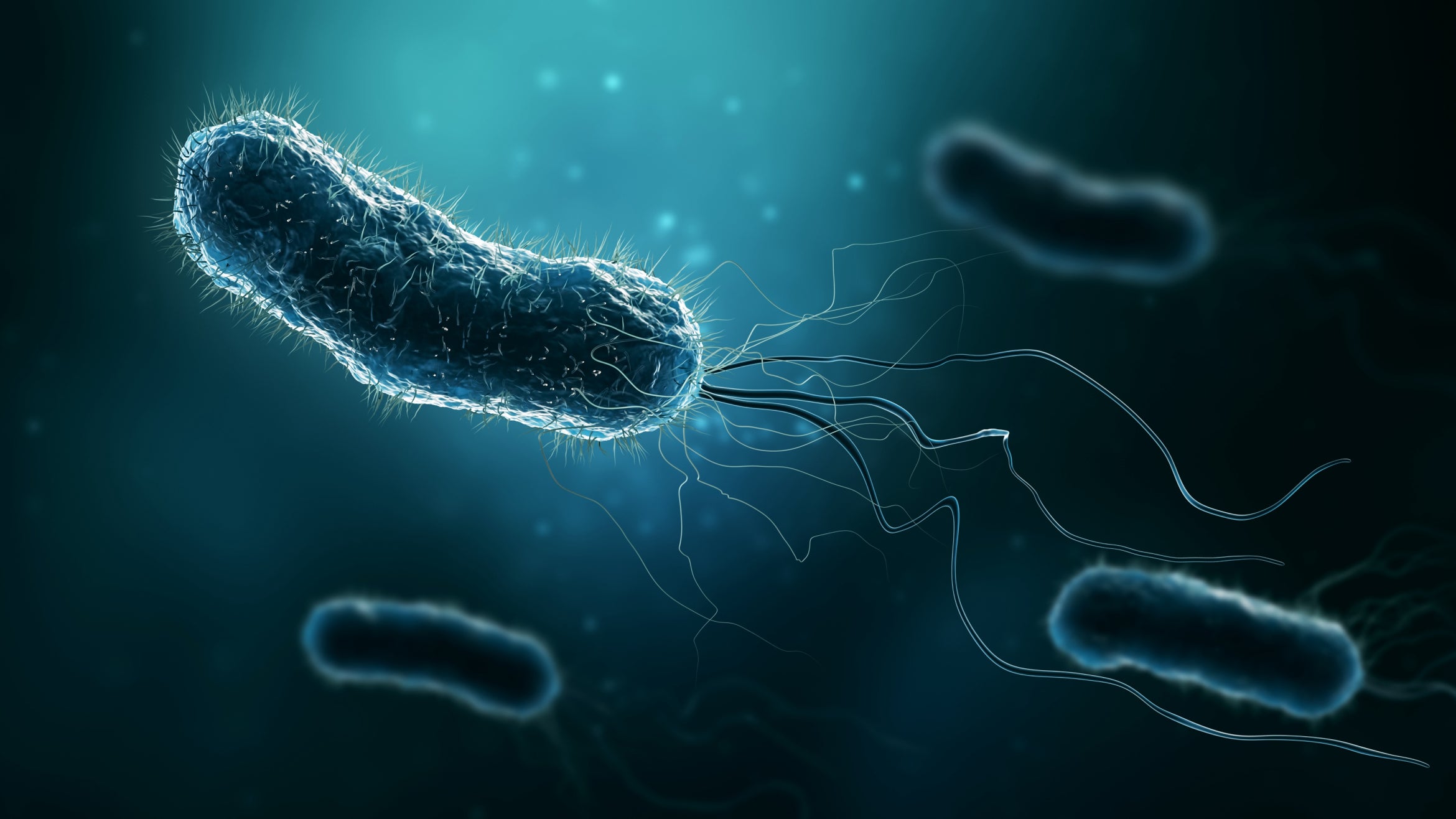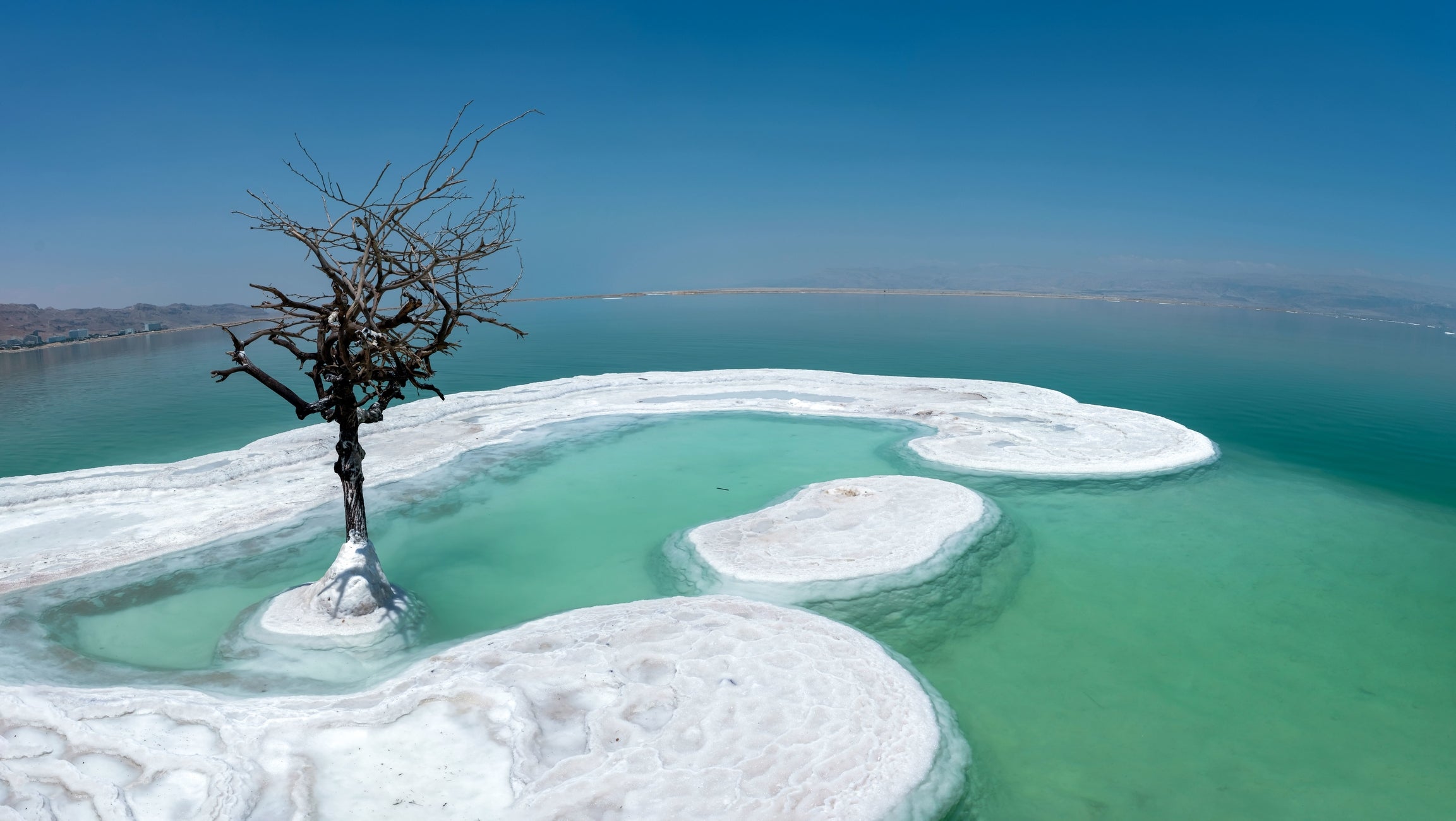What's Current in
Environment + Sustainability
Image
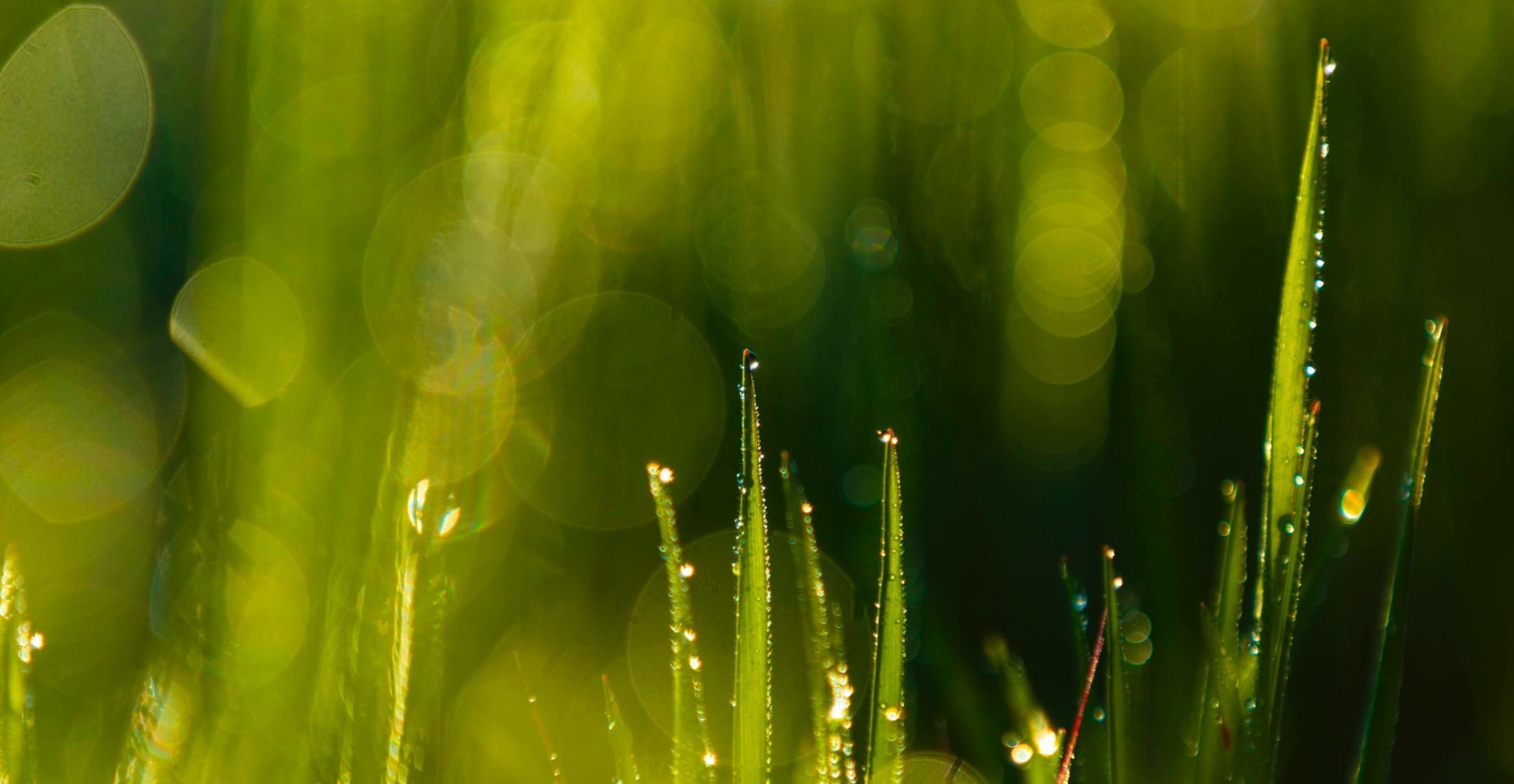
Photo Credit
Matt Perko
Image

Photo Credit
David Huang
San Dieguito Lagoon, one of Beheshti’s primary research sites.
Image
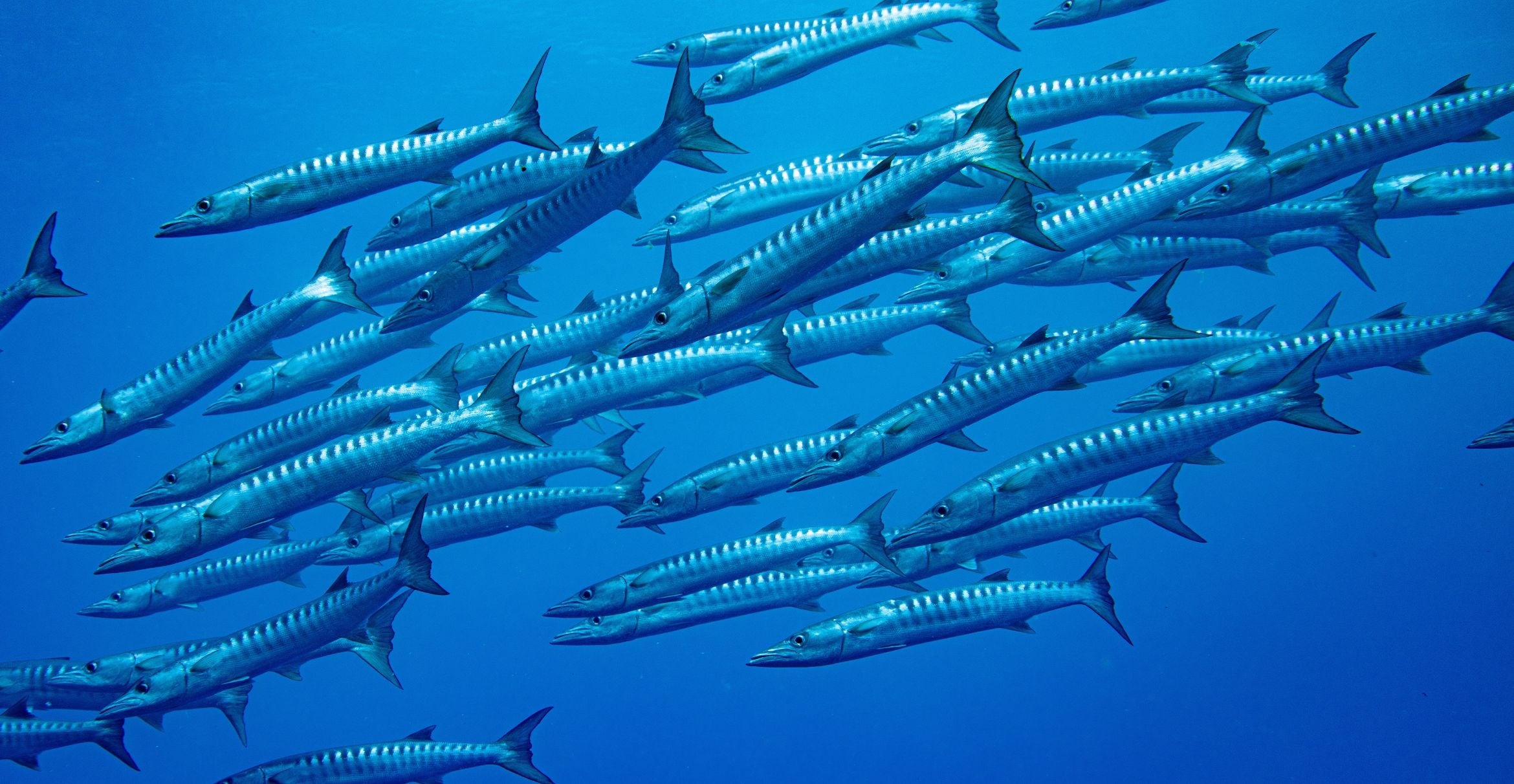
Photo Credit
University of Wisconsin–Madison
Monitoring fishing activity far from shore presents a challenge for resource management and marine conservation.
Image
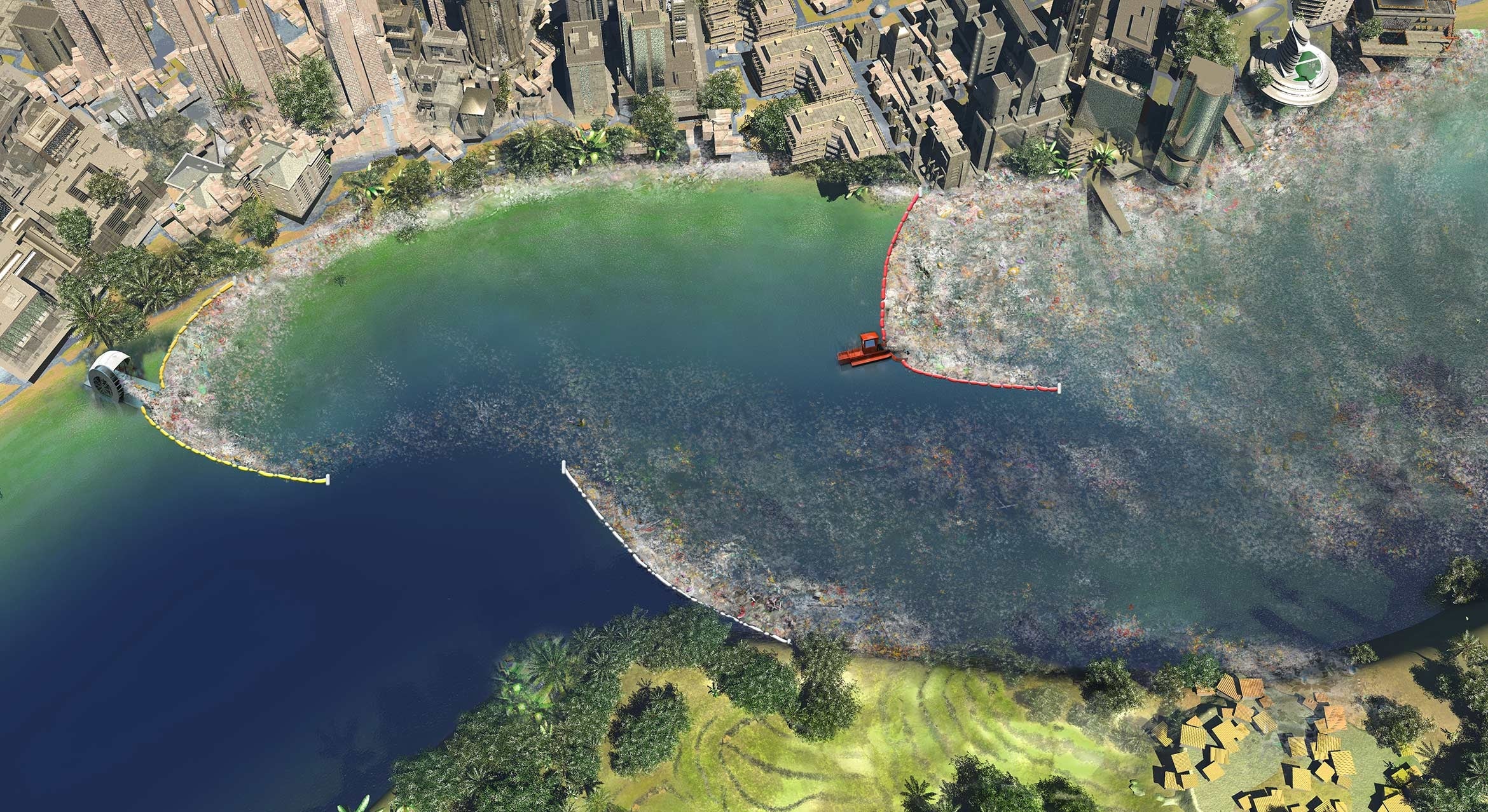
Photo Credit
Benioff Ocean Science Laboratory
A depiction of various river plastic collection technologies utilized for data collection
Image
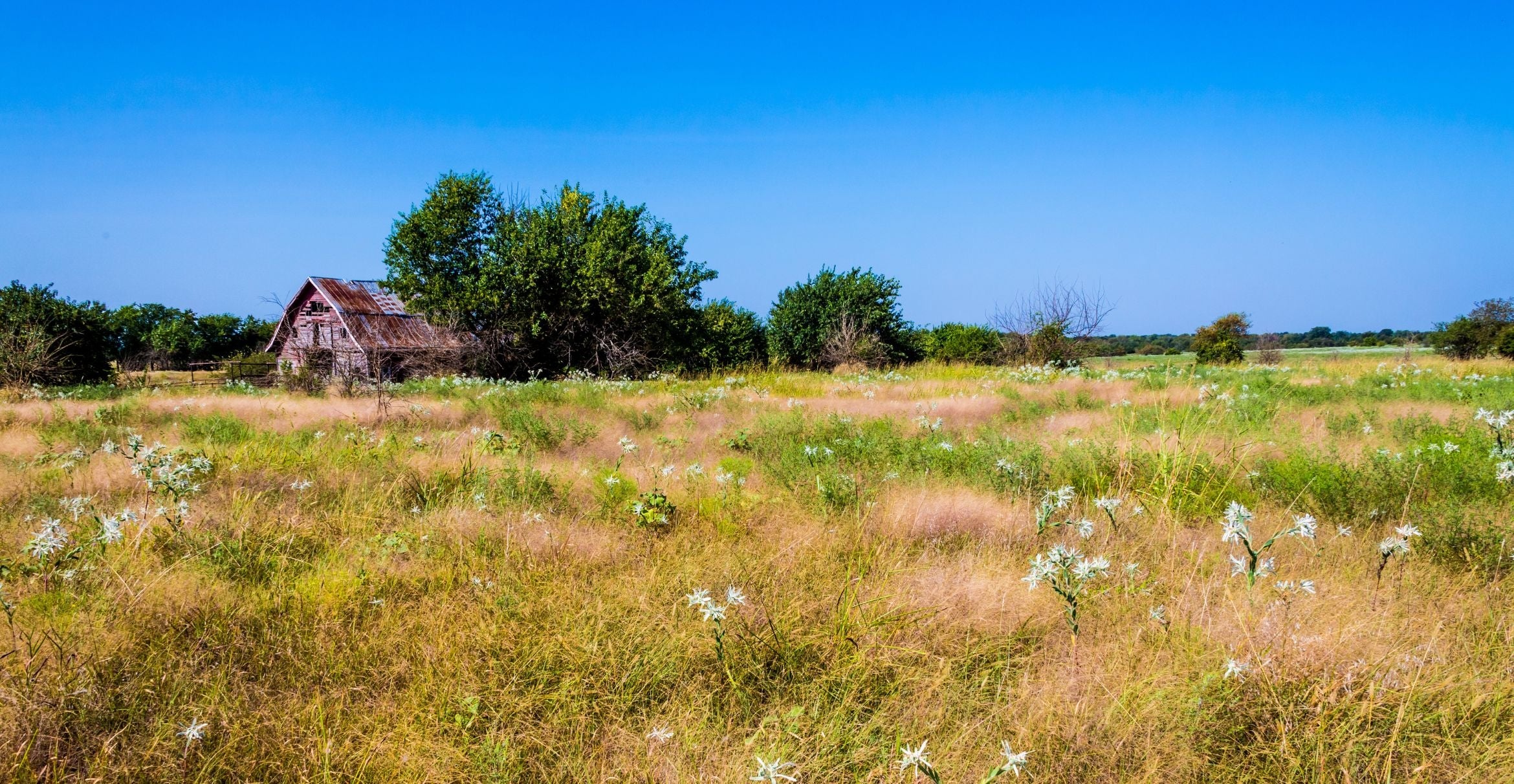
Photo Credit
Richard McMillin via iStock
While global trends dominate environmental outcomes, decisions about recultivating or rewilding abandoned fields can influence habitat health.
Image
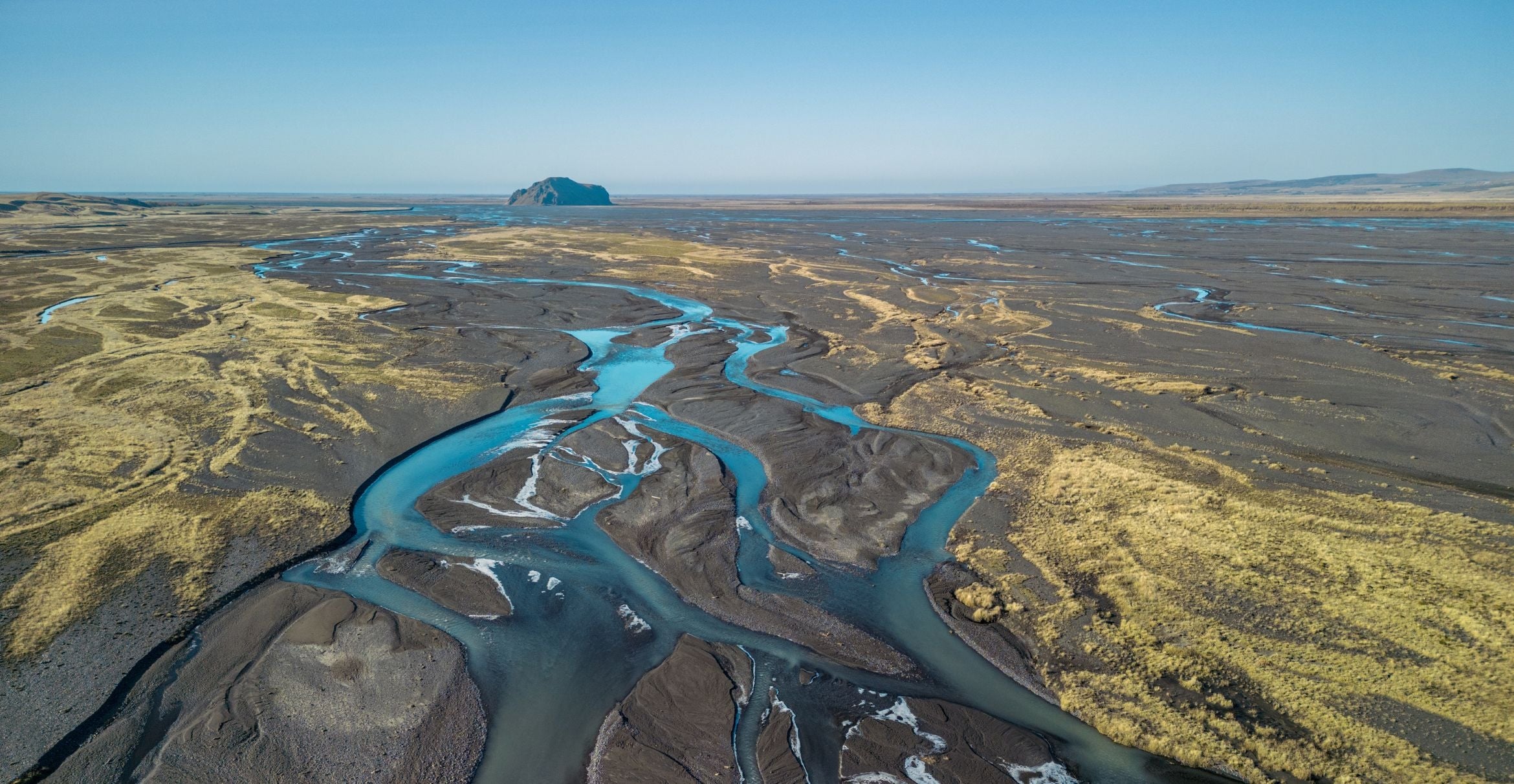
Photo Credit
Luca Ronchi via iStock
Multi-channel rivers predominate in Iceland’s easily eroded volcanic soil.
Image
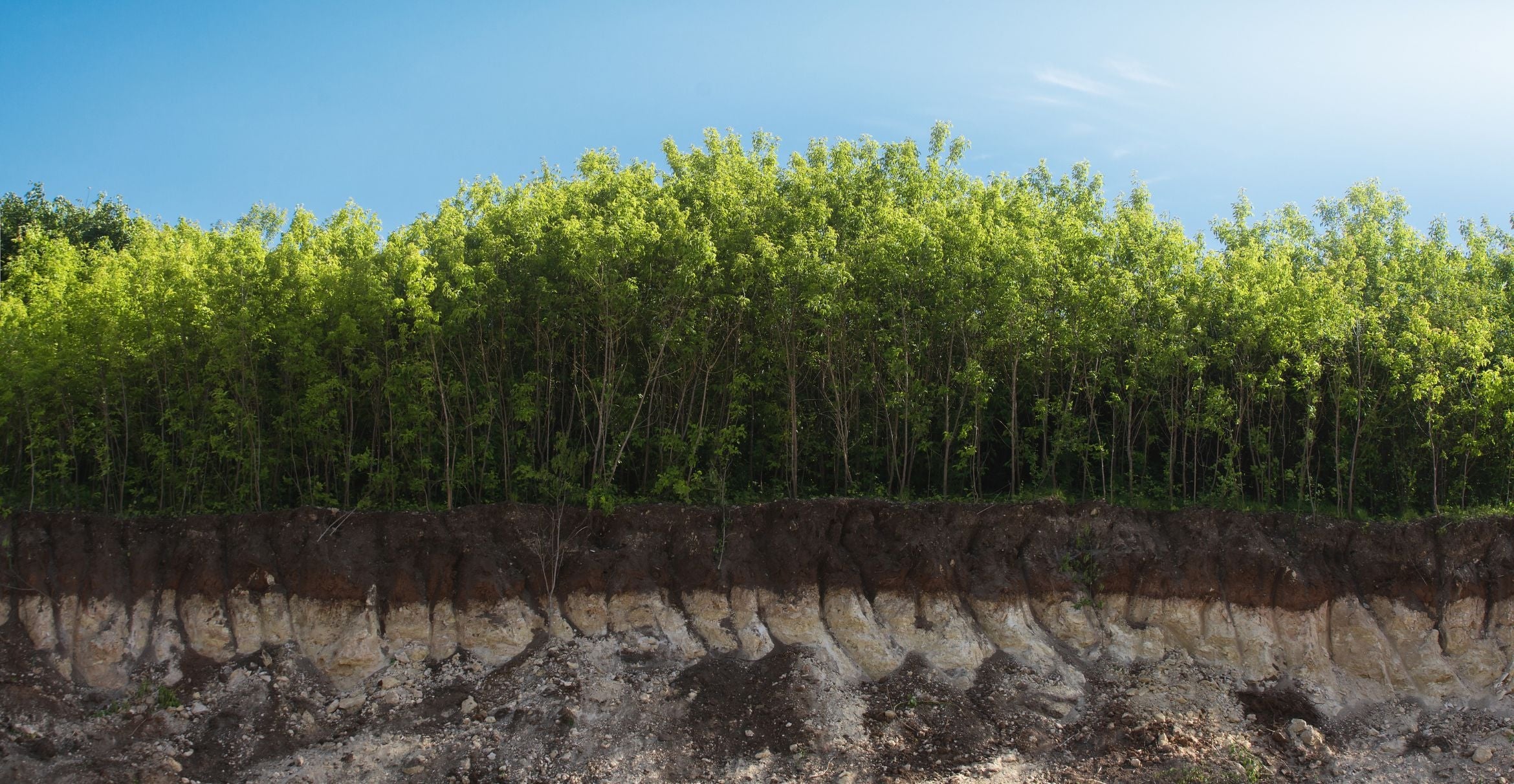
Photo Credit
tarasov_vl via iStock
A new model provides a look into the dynamic feedback between soil moisture levels and plants’ water-use strategies.
Image
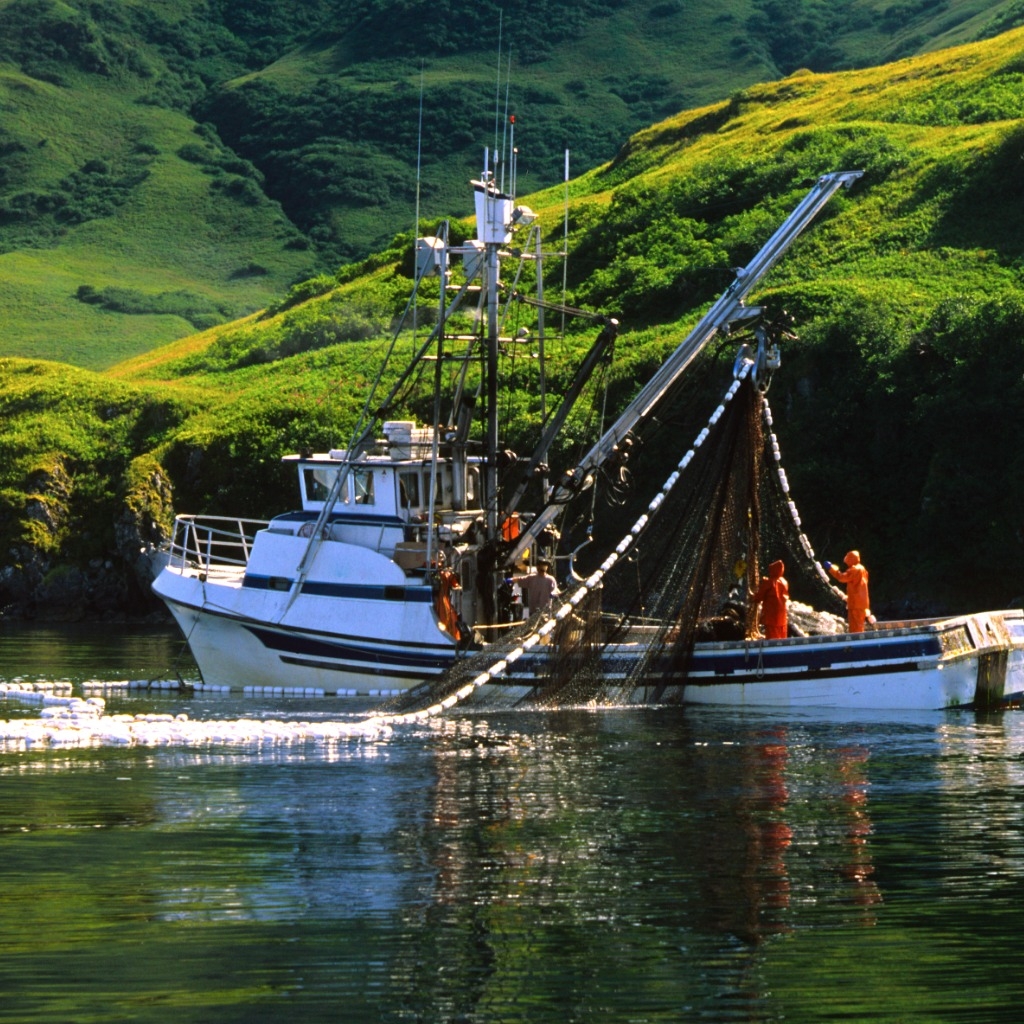
A commercial fishing vessel near Kodiak Island, Alaska
Image

Photo Credit
Matt Perko
Image
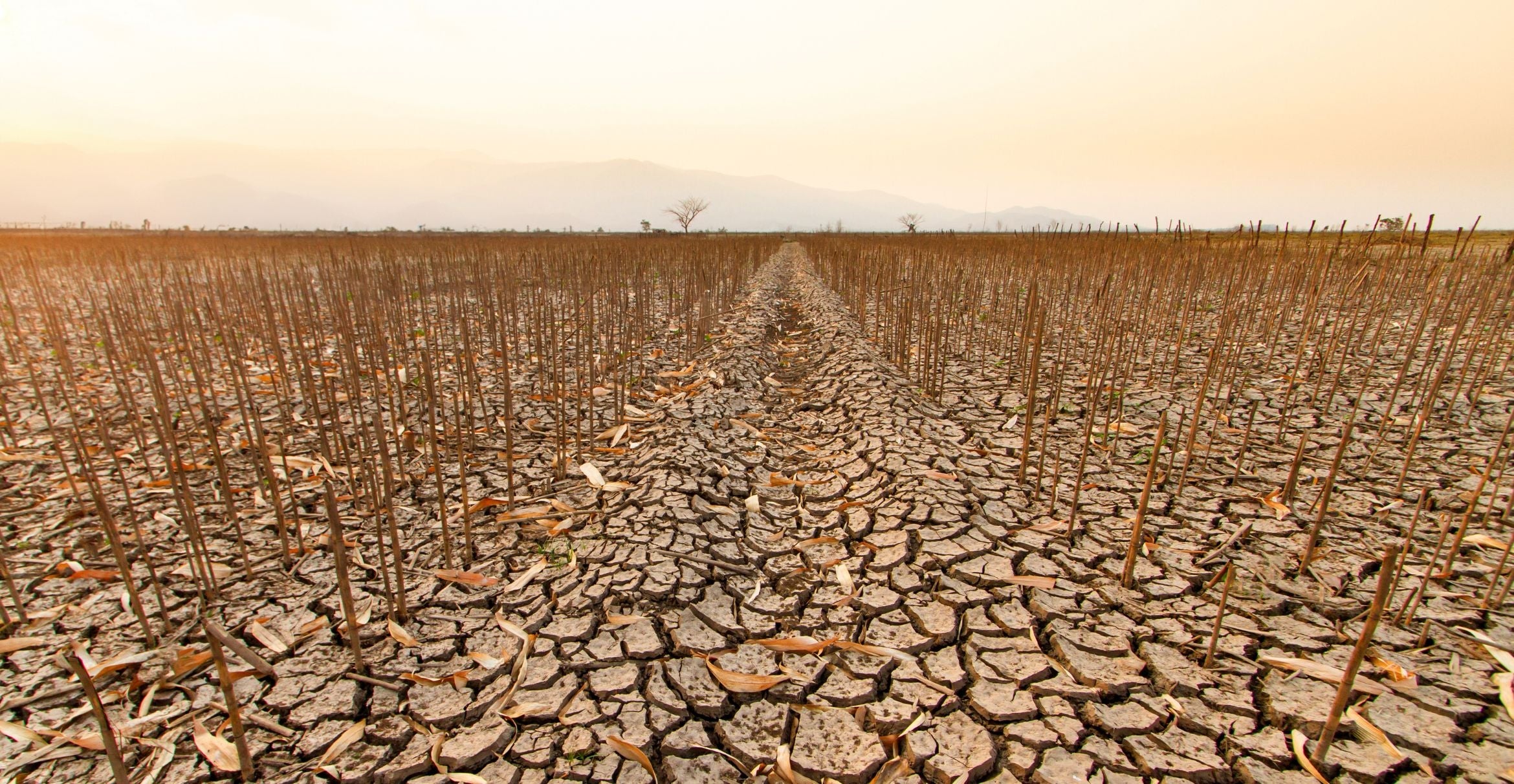
Photo Credit
piyaset via iStock
Warmer air can suck more moisture in dry regions and dump more rain in wet regions. New research reveals that the atmosphere’s drying capacity is outpacing increases to rainfall.
Image
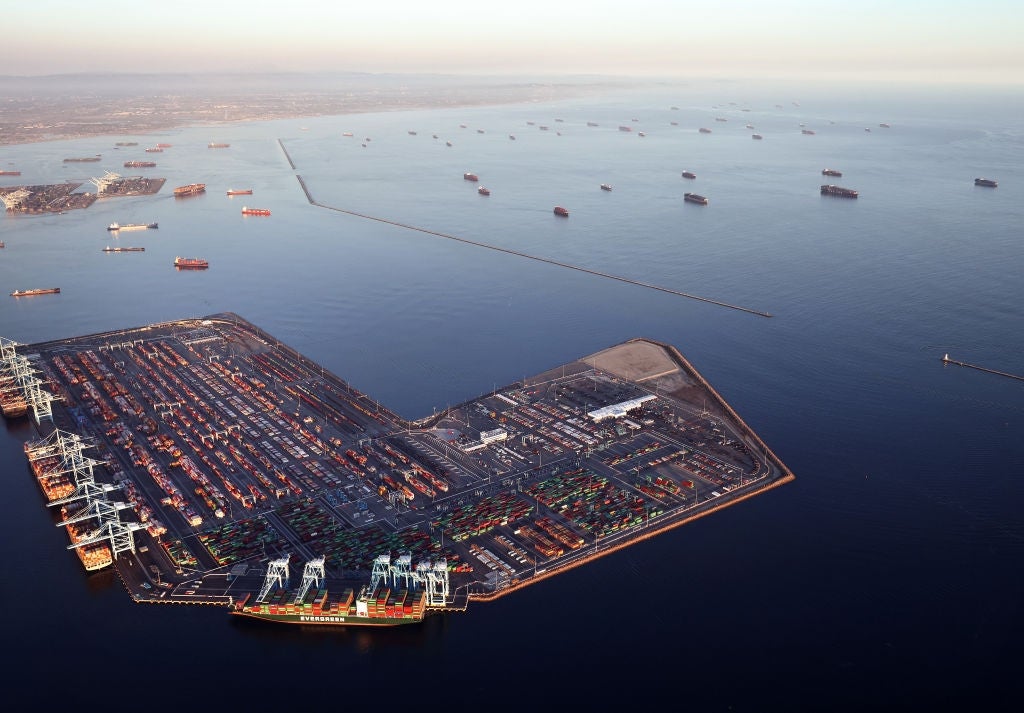
Cargo vessel congestion at the Los Angeles/Long Beach port complex during the COVID pandemic
